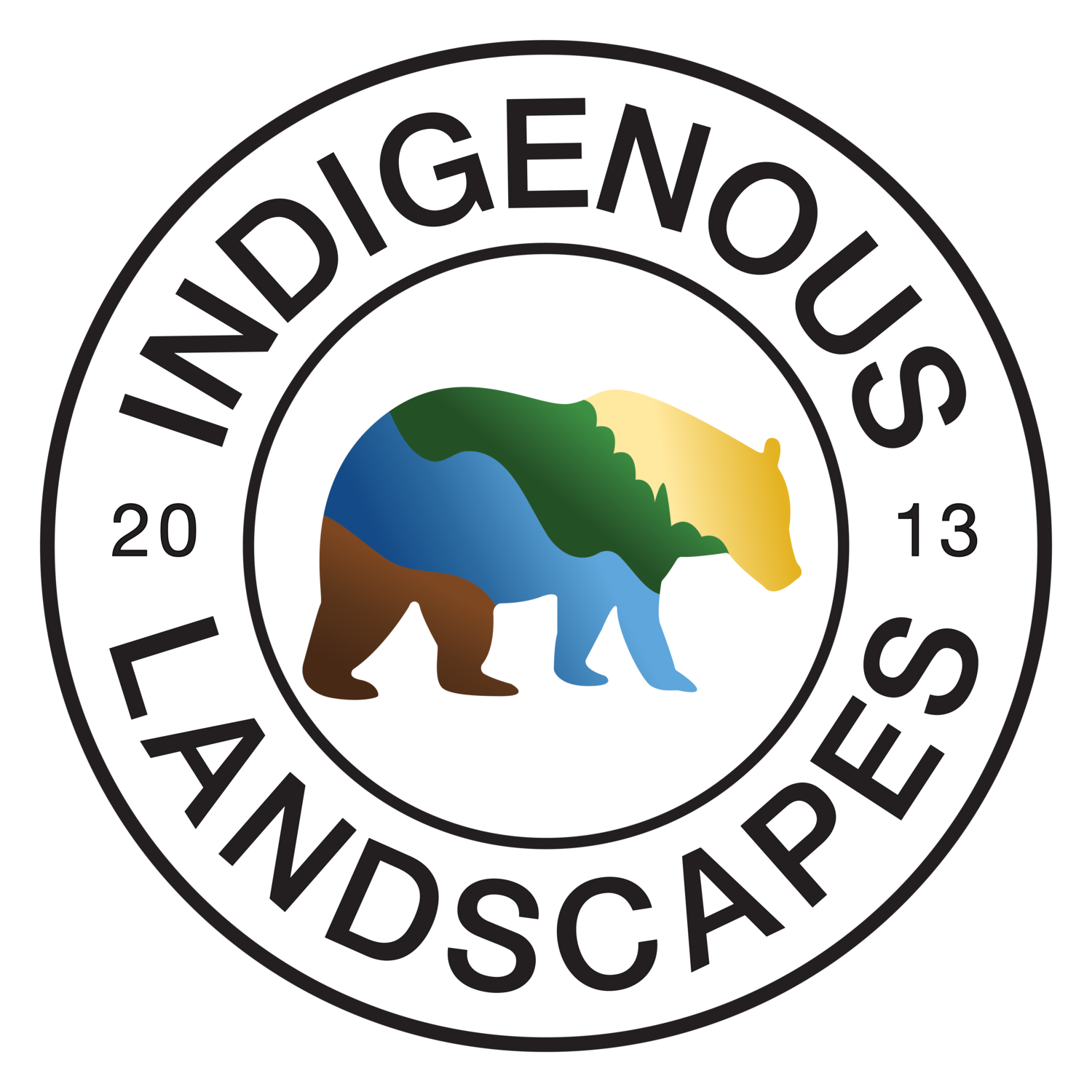Pictured are two tree species native to the eastern half of the United States, Sassafras and Black Gum also known as Black Tupelo. Sassafras (Sassafras albidum) and Black Gum (Nyssa sylvatica) both naturally occur in acidic soils (4.0 - 6.9 PH) and rarely in neutral or alkaline soils (7.0+). They have similar drought tolerance which could be rated as 4/5 on a scale of 5, and can grow well in sandy, silty, or clayey soils. The fall color ranges from golds, oranges, reds, and purples in both species making for an annual spectacle in autumn. Their similarities continue in their ability to grow in high water table soils that don't drain well in the winter and spring seasons. These soils fall under the scientific term "wet-mesic" meaning seasonally wet - but not wet all year round.
Both tree species produce high quality berries for wildlife rich in fats and proteins that are highly favored by birds. Birds get most of the Sassafras berries before they can fall to the ground but Black Gum produces a higher quantity of berries as Black Gum becomes larger and more fruit productive as it matures. Many of those Black Gum berries fall to the ground where Turkey and Native ground level feeding wildlife can consume them in mass. Black Gum fruits are incredibly tart to humans, but can be juiced and sweetened to be used as a drink flavoring similar how lemons, limes, and Sumac berries are used.
Sassafras and Black Gum attract and support native bees as they bloom in the spring. Both species are dioecious, meaning some trees produce only female blooms bearing nectar, and other trees produce male blooms bearing pollen. Only the female flower producing trees can bear fruit while the male flower producing trees do not bear fruit. Both are required somewhat near each other (within 80 feet or so ideally) for the female trees to be crosspollinated for fruit bearing. Black Gum usually produces single trunk trees but may be clustered if many trees grew up together from different seeds (deposited in scat), where as Sassafras runs root suckers forming thickets of many trunks if it's in an open, sun exposed setting like a field. These pictured trees are growing on a fenceline likely originally as seeds from digested fruit deposited as bird droppings when birds perched on the fenceline 20-25 years ago. Fence lines are hard to mow close to which allows tree seedlings to escape mowers and grow into trees such as these in this picture.
The Sassafras and Black Gum trees are immature in this picture, standing at about 25 feet tall. In this open condition the Sassafras will get about 40 to 50 feet tall, and the Black Gum can reach heights of 60 feet. In forests they can get taller than those heights.
Sassafras Native Range
Black Gum Native Range
Key for the Maps Above
Light Green = Reported to an herbarium for the county as native and wild occuring.
Teal = Reported to an herbarium for the county as present and introduced by man.
Yellow = Reported to an herbarium for the county as present but rare.
Green = Reported to an herbarium as present in the state.
Orange = Once reported to an herbarium as native but now considered extinct in that county.
When considering planting a native plant, always google search the scientific name aka latin name with the word “bonap” to look up its native range as reported by country records submitted to herbariums. If the plant is native within 100 miles of your location it will be more ecologically applicable than plants native further away. The further away a plant is native, often, the less ecologically applicable it becomes.



